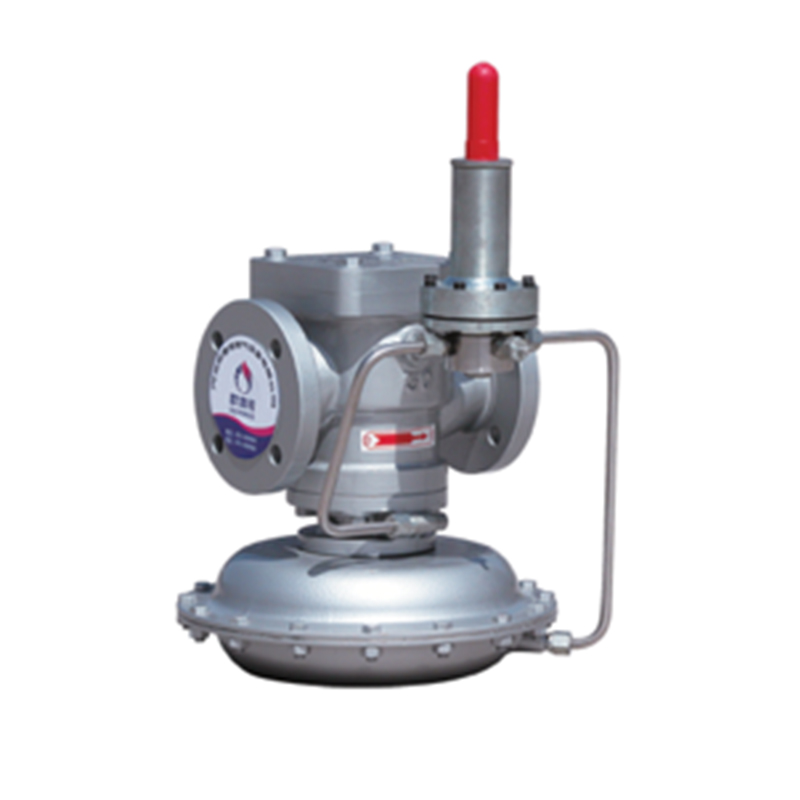
Nov . 24, 2024 23:25
Back to list
Pressure Vessel Design and Applications in Engineering Systems
Understanding Pressure Vessels A Comprehensive Overview
Pressure vessels are critical components used across various industries, from power generation to chemical processing. These containers are designed to hold gases or liquids at pressures significantly different from the ambient pressure, making them essential for many industrial processes. This article delves into the fundamentals of pressure vessels, their classifications, design considerations, safety regulations, and applications.
What is a Pressure Vessel?
A pressure vessel is a container that can hold gases or liquids at a pressure substantially different from the surrounding atmosphere. The design and construction of pressure vessels are governed by various codes and standards to ensure their safety and reliability. The ASME Boiler and Pressure Vessel Code (BPVC) is one of the most widely recognized standards in the United States, providing guidelines for the design, materials, construction, and inspection of pressure vessels.
Types of Pressure Vessels
Pressure vessels can be classified into different categories based on their shape, construction materials, and the nature of the contained material. The most common types include
1. Vertical and Horizontal Vessels Vertical pressure vessels are typically more economical for certain applications due to their smaller footprint, while horizontal vessels offer easier access for maintenance. 2. Spherical Vessels These are known for their strength and are often used in applications that require high pressure, such as gas storage.
3. Cylindrical Vessels The most common type, cylindrical pressure vessels are widely used due to their ease of manufacturing and relatively high strength-to-weight ratio.
4. Storage Tanks Used for storing liquids, these tanks are designed to withstand internal pressures while allowing safe storage.
Design Considerations
Designing a pressure vessel requires careful consideration of various factors, including
.
- Wall Thickness The thickness of the vessel walls is determined based on the internal pressure and material strength, following the principles outlined in the relevant engineering codes.
وعاء الضغط

- Temperature and Pressure Ratings Each vessel is designed to operate under specific temperature and pressure conditions, which must be strictly adhered to for safety.
- Stress Analysis Engineers must perform stress analyses to ensure the vessel can withstand operating conditions without failure.
Safety Regulations
Safety is paramount in the design and operation of pressure vessels. Various regulations, such as the Occupational Safety and Health Administration (OSHA) guidelines and the National Fire Protection Association (NFPA) standards, provide frameworks to minimize risks associated with pressure vessels. Regular inspections, maintenance, and testing are mandated to ensure that these vessels operate safely and effectively.
Applications of Pressure Vessels
Pressure vessels are employed in numerous industries and for various purposes
- Chemical Industry They are used for reactions, storage, and distillation processes.
- Oil and Gas Pressure vessels are essential for the storage and processing of oil and gas products.
- Power Generation They play a crucial role in turbines and boilers, managing steam and other high-pressure fluids.
- Pharmaceuticals Pressure vessels are used in the manufacturing process for various drugs and chemicals.
Conclusion
Pressure vessels are indispensable in modern industrial processes, ensuring that gases and liquids can be safely contained and manipulated at varying pressures. Their design and operation require thorough knowledge of engineering principles, regulatory standards, and safety practices. As industries evolve and technology advances, the importance of pressure vessels will continue to grow, underscoring the need for skilled professionals in the field of engineering and safety management. Understanding the complexities of pressure vessels not only enhances operational efficiency but also safeguards public health and the environment.
Latest news
-
Safety Valve Spring-Loaded Design Overpressure ProtectionNewsJul.25,2025
-
Precision Voltage Regulator AC5 Accuracy Grade PerformanceNewsJul.25,2025
-
Natural Gas Pressure Regulating Skid Industrial Pipeline ApplicationsNewsJul.25,2025
-
Natural Gas Filter Stainless Steel Mesh Element DesignNewsJul.25,2025
-
Gas Pressure Regulator Valve Direct-Acting Spring-Loaded DesignNewsJul.25,2025
-
Decompression Equipment Multi-Stage Heat Exchange System DesignNewsJul.25,2025

